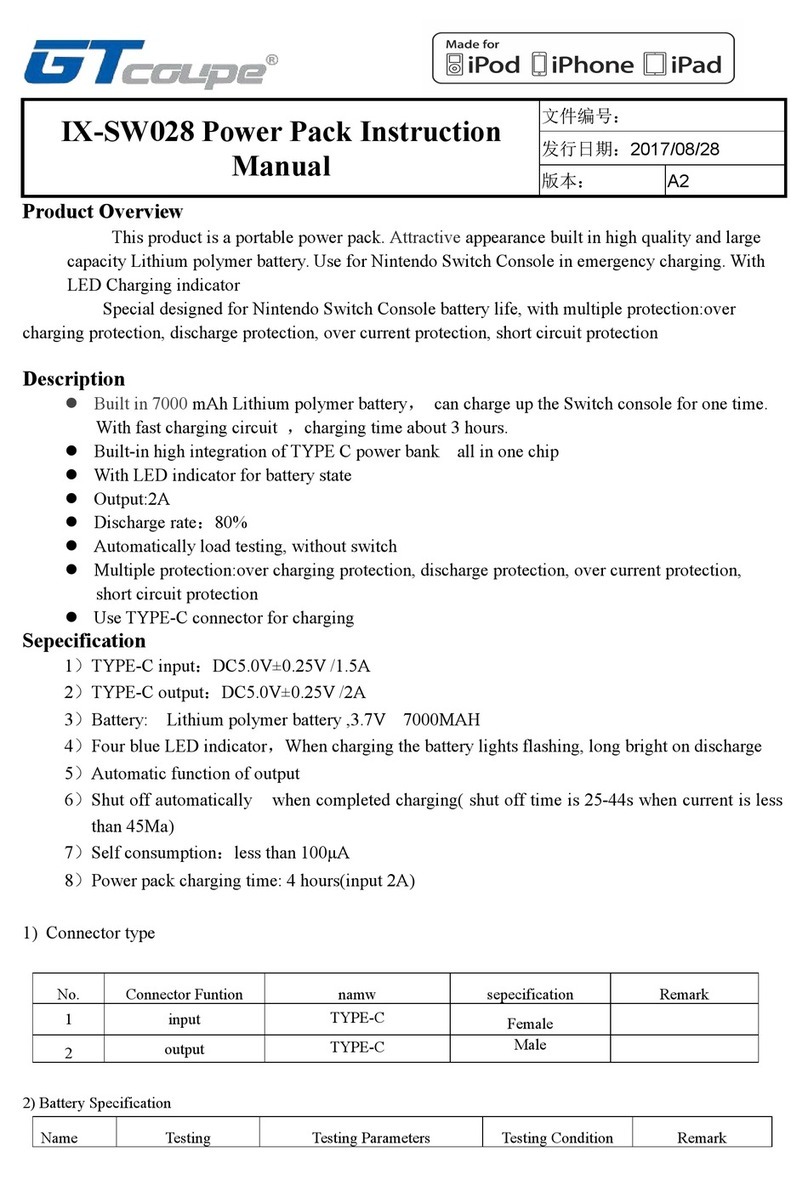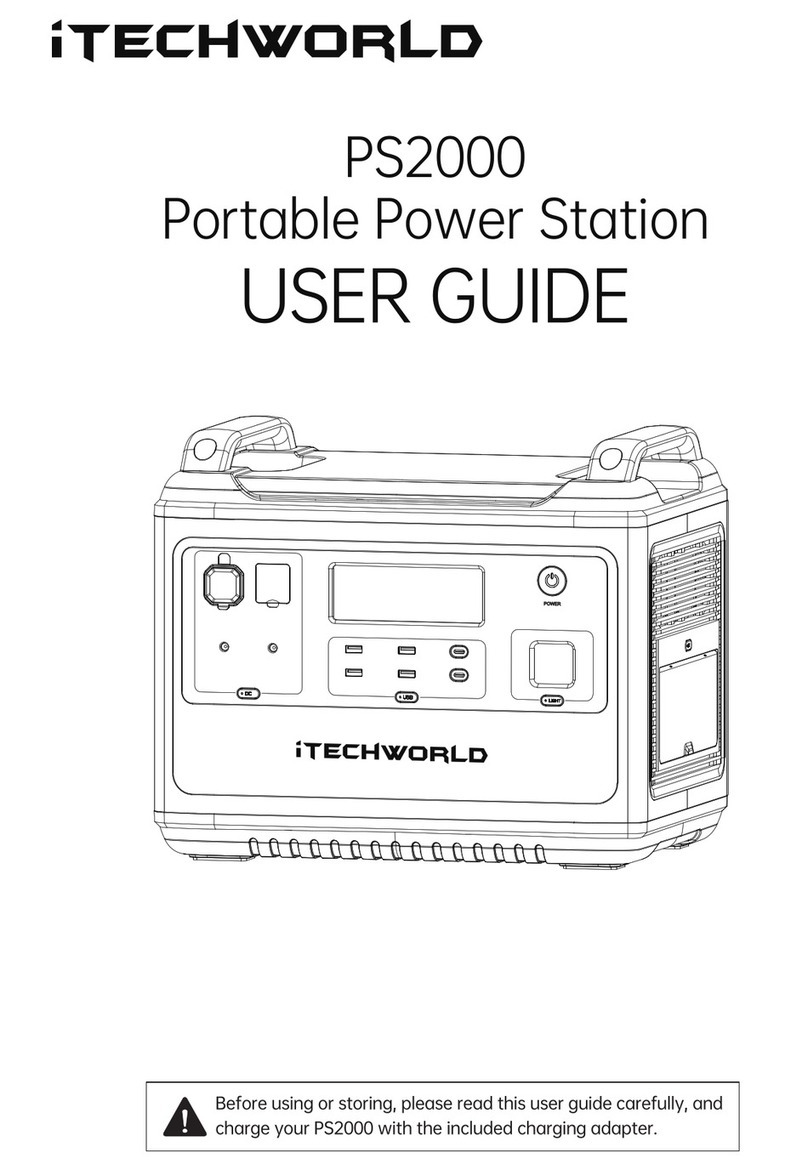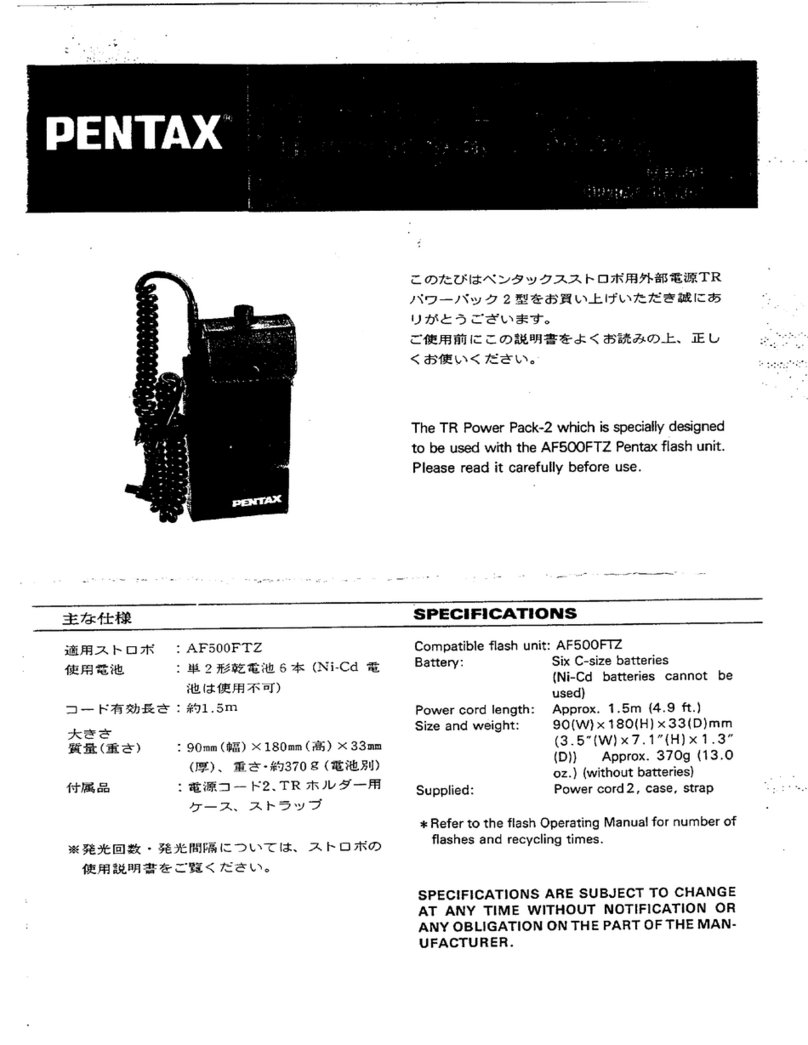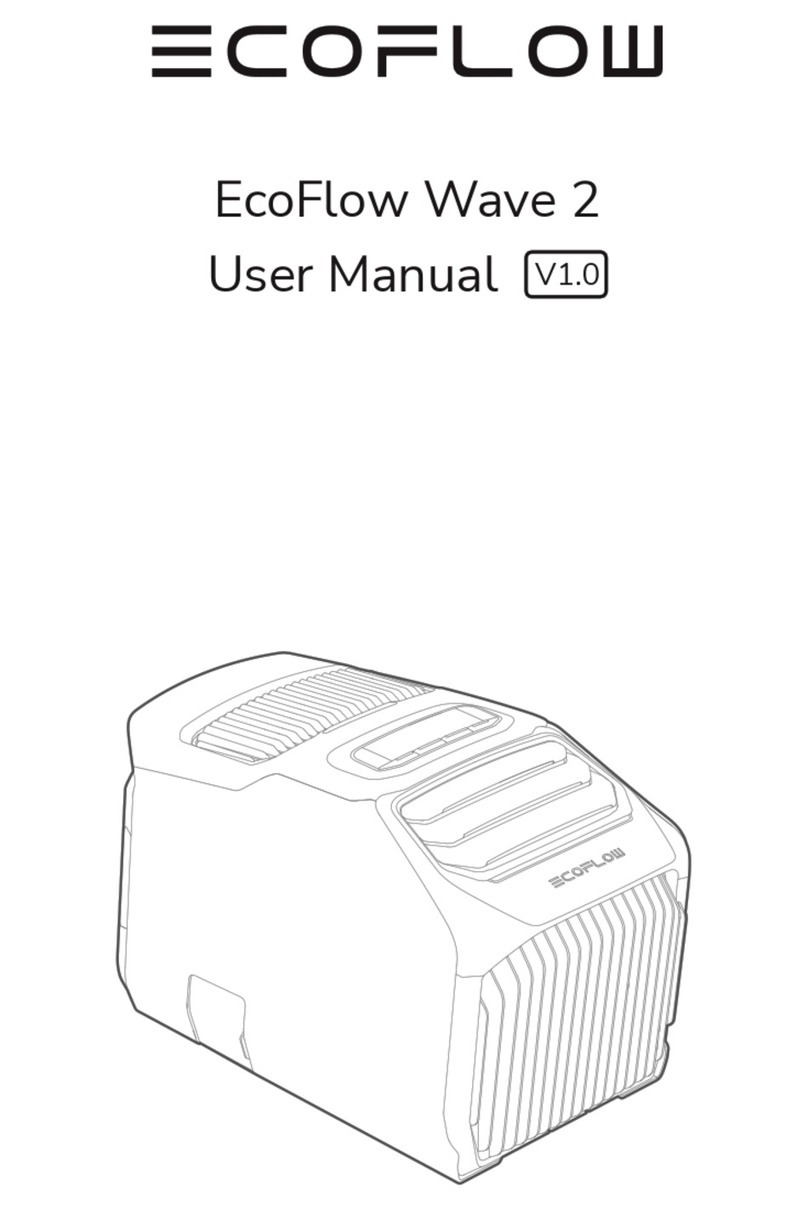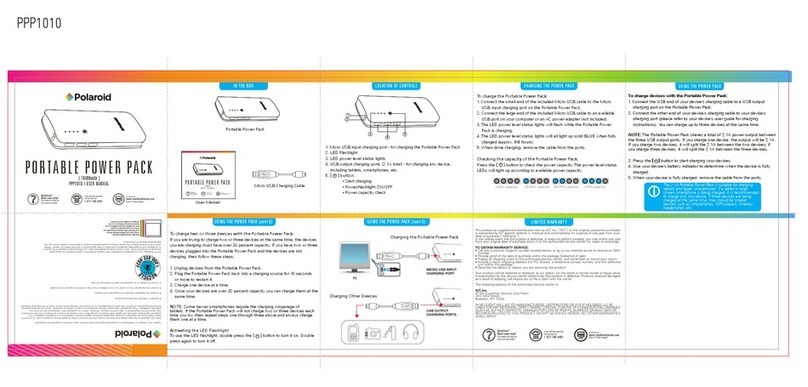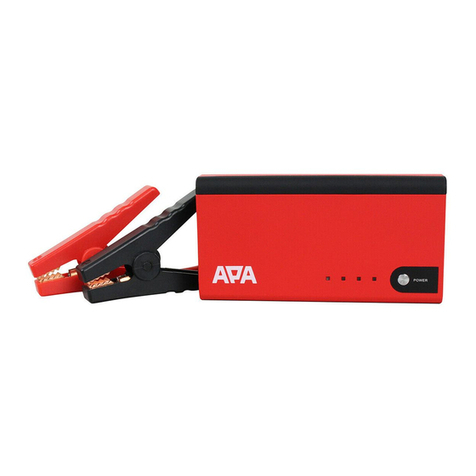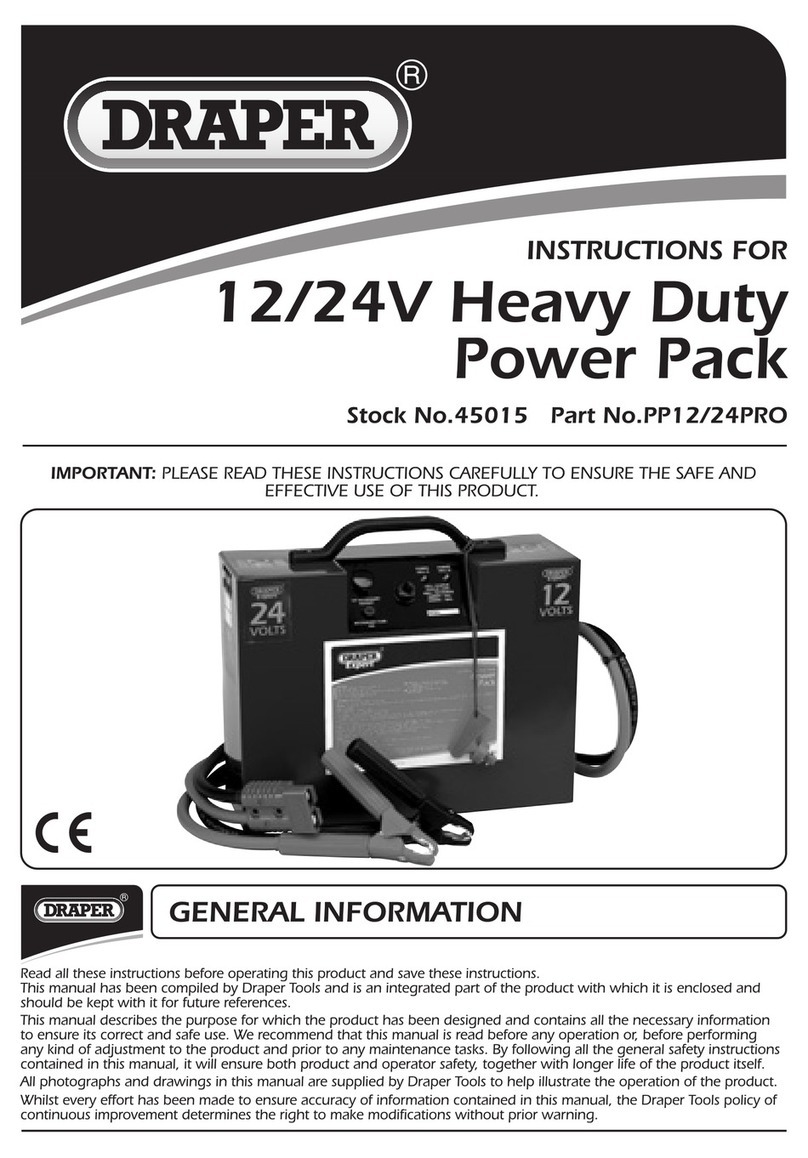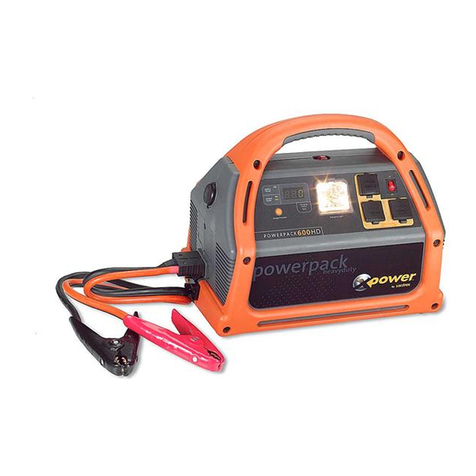Page 6 Pyxis User Manual V3.2 with accessories
1.4 Standards & Regulaons
Pyxis conforms to the following standards and regulaons:
• Manufactured in compliance with ISO 9001:2008
• LVD 2006/95/EC
• 2004/108/EC
• 765/2008/EC
• 768/2008/EC
• BS 7671:2008
• IEE 17th Edion Wiring Regulaons
• BS EN 60529:1992 Degree of Protecon Provided by Enclosures Test
Procedure & Results
• Degree of Protecon Provided by Enclosures is IP44
• 3418 - Electromagnec Compability Regulaons 2006:
• EN55022:2006, EN55014-1:2006, EN61000-6-4:2007, EN61000-4-3:2002,
EN61000-4-11:2004, EN61000-4-4:2004, EN61000-4-8:1993, EN61000-4-
5:1995, EN61000-4-2:1995
1.5 Disposal & Recycling
Pyxis comprises of components that must disposed of responsibly. For the sake
of the environment many of the components within the unit can be recycled or
reused. Firey will ensure the safe decommissioning and recycling of the unit at
no charge if the unit is returned to the manufacturer. Otherwise, please contact
the manufacturer for more informaon on safe and proper decommissioning
of your Pyxis.
1.6 Firey Contact Details
Firey Solar Generators Ltd.
Unit 20 Clie Industrial Estate
South Street
Lewes
East Sussex
BN8 6JL
United Kingdom
Tel: +44 (0) 1273 40 95 95
Fax: +44 (0) 1273 40 95 96
E-mail: info@reysolar.net
Web: www.reysolar.net



